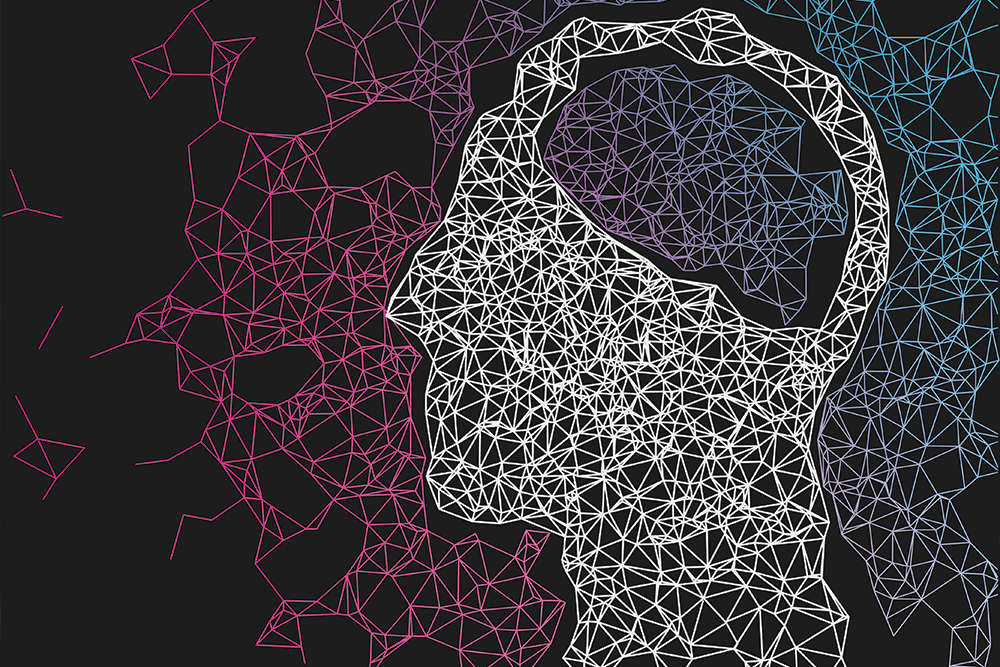With big data and Artificial Intelligence (AI) came some of the most significant digital transformations the world ever witnessed. However, notable technological inventions did not end here. Other technological advancements that emerged within the last decade were AI and its subsets; Machine learning, deep learning, Artificial Neural Networks, the Internet of Things (IoT), Blockchain, Edge Computing, self-driving cars. Even virtual assistants like Amazon Alexa and Google Assistant.
Innovations like deep learning and artificial neural networks that can be applied to unstructured data to accurately make predictions have become necessary across industries as feature engineering can no longer be relied on to handle such massive unstructured data. Together with Tensorflow certification training and experience, popular programming languages like Python these noble innovations have made it possible for industries to make the most of the huge datasets available to them.
Our focus today is on two of the most common subsets of AI; Deep Learning and Neural Networks. Although they are different, these two terms have often been used interchangeably in technology. Thus, this article lays out the distinctions and similarities between deep learning and neural networks. Even though they are different, deep learning and neural networks are connected in that neural networks are a subset of deep learning and are core to deep learning algorithms.On the other hand, deep learning is a subset of machine learning that falls under the broader Artificial Intelligence umbrella.
What is Deep Learning?
Deep learning is a subset of machine learning that simulates the human brain’s function in processing data and discovering patterns. Where machines are enabled to automatically learn from data and improve from experience without explicitly being programmed in machine learning, deep learning goes a step ahead to enable the machines to self-train and learn from data to mimic human action. Artificial neural networks power deep learning operations. A deep neural network consists of three layers, including the input, output, and multiple hidden layers, with each hidden layer hosting numerous nodes.
In simple terms, a deep neural network, abbreviated as DNN, is an artificial neural network with multiple hidden layers between the input and the output layers. Deep neural networks have widely been applied to develop algorithms used to train complex data through supervised and unsupervised learning to make predictions. Taking up interesting deep learning projects provides hands-on approach to improve your deep learning knowledge and skills
What are Neural Networks?
You probably already know what neural networks are as deep learning algorithms -discussed above- incorporate neural networks within them. Artificial neural networks (ANN) resemble the human brain, which comprises interconnected units known as neurons. ANN implements this same concept on computers to power them to mimic the human brain’s operations, thus enabling them to learn and make decisions like humans.
Just as neurons are organized in layers in the human brain, artificial neural networks are also organized in layers made up of interconnected nodes or neurons. The most basic ANN is made up of three layers including:
- An input layer through which data enters the system
- An output layer that is aligned to a function
- A single hidden layer that processes information
While the basic ANN consists of one hidden layer of interconnected neurons, the more complicated ones have multiple layers. Primarily, information flows in a linear progression from one hidden layer to another.
Deep Learning Vs. Neural Networks
While deep learning, in other words, deep neural networks are closely connected to artificial neural networks, in that the latter forms part of the architecture of the former, they are different in several ways.
Definition
Deep learning is a subset of machine learning that uses several hidden layers of artificial neural networks to form deep neural networks which are then applied to input data to make predictions and other ML applications.
The artificial neural network is a brain-like structure consisting of interconnected units known as neurons that are embedded in a computer system to enable it to mimic the human brain in discovering patterns and connections in data to make decisions.
Structure and form
A deep neural network layer is a mathematical model made up of neurons, connections and weights, propagation function, and a learning rate which together analyze input data for hidden patterns and then transfers this information through multiple hidden layers of neurons to the output layer. A deep neural network essentially is made up of two to three hidden layers of neurons between the input and the output layers.
Deep learning algorithms are made up of more than three hidden layers of neurons between the input and the output layers and many nodes within each hidden layer. Deep in deep learning refers to the depth of the neuron layers in a deep neural network.
Function
Both artificial neural network and deep neural network models are trained to cluster, classify, and predict information from unlabeled data hence they are useful for applications like speech recognition, image recognition, natural language processions, and pattern recognition.
In conclusion
Deep learning and neural networks have proved to be two useful technologies for various applications across industries. Models first learn from input data, after which they are applied to datasets to make predictions. These models continuously improved through self-learning as they are applied to datasets, therefore, making more accurate predictions with continuous application. Neural networks are basically a type or subset of deep learning no wonder they seem to have several similarities. However, as we have seen, these terms cannot be used interchangeably as they are different in many ways. The main difference between neural networks and deep learning is in the hidden layers’ depth between the input and output neuron layers.






